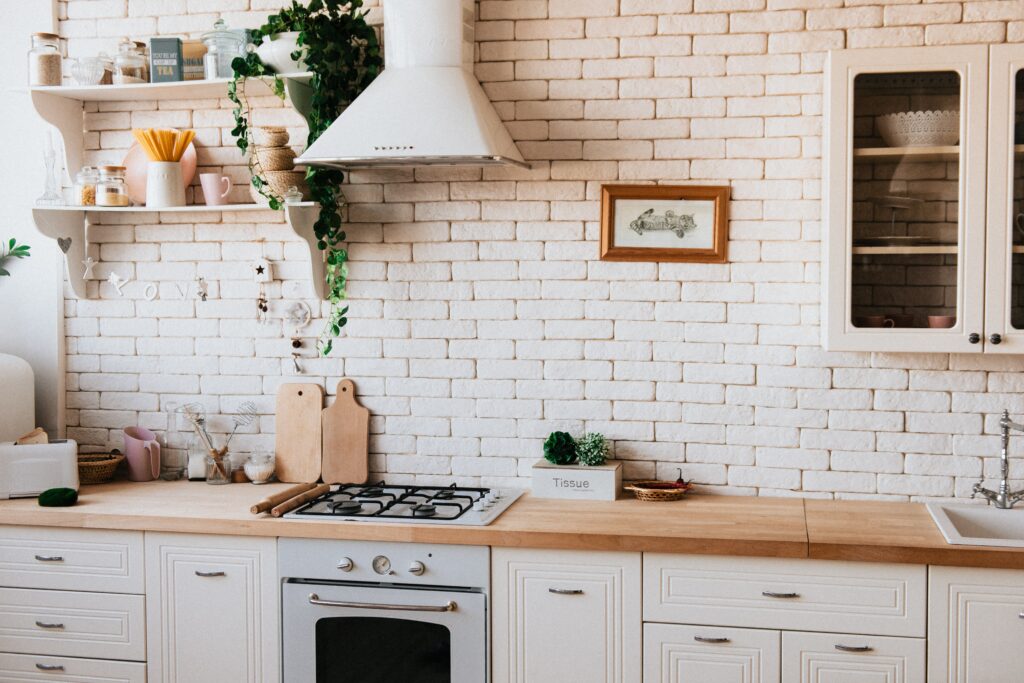Eco-friendly granny flats are built using the most sustainable materials possible. These materials work with the natural climate to boost energy efficiency. Building a small eco-home on your property can provide additional income in the long run as well as keep your energy bills low.
What is an eco-friendly granny flat?
An eco-friendly granny flat is a small, sustainable dwelling that is separate, integrated or attached to an existing house. These homes utilise environmentally friendly materials to reduce your carbon footprint and boost energy efficiency.
Sustainable buildings adopt a more holistic design than traditional homes. Their orientation takes advantage of the natural climate. This makes it easier to live independently from expensive energy sources by employing passive heating and cooling techniques. Eco-friendly granny flats focus on using materials that have a low environmental impact for their construction, placement, and maintenance.
Sustainable building has become a popular choice for those looking to improve their energy efficiency and reduce their carbon footprint. Adding a granny flat to an existing property is also a cost-effective alternative to building a separate investment property, and still adds value to the home.
What are the elements of eco-friendly granny flat design?
Eco-friendly granny flats are designed to focus on factors like location and climate. Recycled and renewable materials such as scrap metal, reclaimed wood, and bamboo are tailored to work with their surroundings.
Sustainable homes incorporate passive heating and cooling to regulate indoor temperatures without the huge energy bills. Passive temperature control can be as simple as orientating the house to make the most of the sun’s natural heat and shade, double or triple glazing strategically placed windows to promote thermal efficiency, and making sure the property is well-insulated. Taking advantage of natural resources will ensure the home stays comfortable and liveable all year round.
Rainwater tanks and solar panels effectively keep the home independent from the main power grid. Solar panels are placed on the roof for maximum sun exposure. This leads to a sustainable electrical supply. Meanwhile, rainwater tanks give you water for drinking and for use in the washing machine. This helps you avoid high water bills.
What are the benefits of an eco-friendly granny flat?
Eco-friendly granny flats come with a slew of attractive economic advantages. They consume less energy than a traditional home thanks to their use of renewable resources. Additionally, their smaller size makes them less expensive to heat and cool, taking a large chunk out of energy bills.
A well-designed granny flat can also be completely self-reliant without costing a fortune. Solar panels with the proper batteries mean no more pesky power outages, and having access to rainwater is a great backup if there is an issue with the main water supply.
You may also generate additional income if you choose to rent out your granny flat. Long-term, it will add value to the existing property, or provide alternative housing for friends and family coming to stay.
Financial benefits aside, taking steps toward sustainable living is an opportunity to join a fast-growing environmental movement. With rising concerns around climate change, eco-living provides an opportunity to work for the environment rather than against it.

What are the drawbacks of building an eco-friendly granny flat?
The main drawback to building an eco-friendly granny flat is the extensive upfront costs, and complicated planning processes. Sustainable products aren’t as popular as traditional materials, resulting in higher costs. Finding a suitable designer may also increase expenses further. An experienced eco-home designer or architect may be required to ensure your granny flat is built to cooperate with its environment. This allows you to avoid additional costs in the future.
In order to build a granny flat on your property, you will need to acquire the proper council planning and building permission. This process requires paperwork and lengthy approval processes. If you’re converting an existing granny flat into a small eco-home, check with your local council that all building requirements have been met.
How much does it cost to build an eco-friendly granny flat?
The cost of building an eco-friendly granny flat depends on factors like size, materials used, and the location of the property. Typically, they are more expensive to build than traditional granny flats. Eco-friendly products cost more than their traditional counterparts, adding to the total costs. But if you are converting an existing granny flat into a green one, an architect may incorporate existing materials into the new design. This helps to minimise waste and reduce costs.
Although initial expenses are high, eco-friendly granny flats can save you money in the long term. For example, glazed windows are more costly than unglazed ones, but they reduce the need for artificial heat sources over time. The materials that make up an eco-home are durable and designed to last. This reduces the stress of maintenance and future renovations as well as the cost.
If the price attached to an eco-friendly granny flat still seems daunting, there are a variety of government rebates and upfront incentives for the installation of renewable energy systems.
Is building an eco-friendly granny flat the right choice for me?
A sustainable granny flat can give you more space, extra cash, and earn you a high-five from the environment. They’re a reliable alternative to traditional granny flats, and they’re a step toward a more sustainable future. Even though green homes come with larger upfront costs, they’re designed to endure their surroundings and save money long-term.
Chat with our friendly team to find out if we have the right granny flat for you. You can also view our range of designs.

